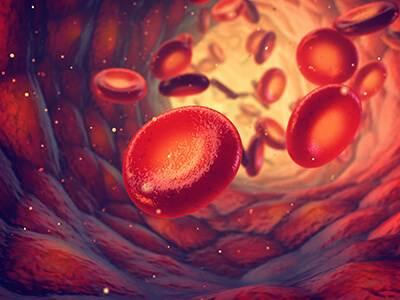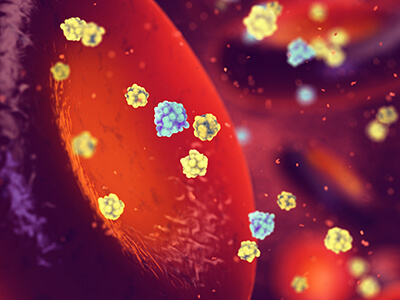This is a lesson summary. The full lesson can be viewed by purchasing an online course subscription.
Learning Objective
In this lesson we will learn about the structure and function of the endocrine system.
Learning Outcomes
By the end of this lesson you will be able to:
- Describe the general function of the endocrine system.
- List key endocrine glands and describe their function.
- Describe the role and function of hormones.
- Discuss how the endocrine system is regulated by the hypothalamus and pituitary gland.
- Compare the endocrine system and the nervous system.

(Image: nobeastsofierce, Adobe Stock)
Lesson Summary
- The endocrine system consists of a series of glands called endocrine glands which regulate body functions using hormones.
- Hormones are chemical substances which have a specific regulatory effect on organs.
- They are secreted into the bloodstream by endocrine glands and circulated throughout the body.
- The endocrine system is coordinated by the hypothalamus via the pituitary gland.
- The pituitary gland is the ‘master gland’ of the endocrine system, regulating the function of other endocrine glands.
- Other glands of the endocrine system include the pancreas, the thyroid gland, the parathyroid glands, the adrenal glands, the pineal gland, the thymus, ovaries and testes.
- The endocrine system is slower acting than the nervous system but produces longer-term results.
- It also differs from the nervous system in that it is composed of glands and uses hormones to send messages whereas the nervous system is composed of neurons and uses electrical signals and neurotransmitters to send signals.

Hormones are transported around the body via the bloodstream.
(Image: nobeastsofierce, Adobe Stock)
(Header image: magicmine, Adobe Stock)
